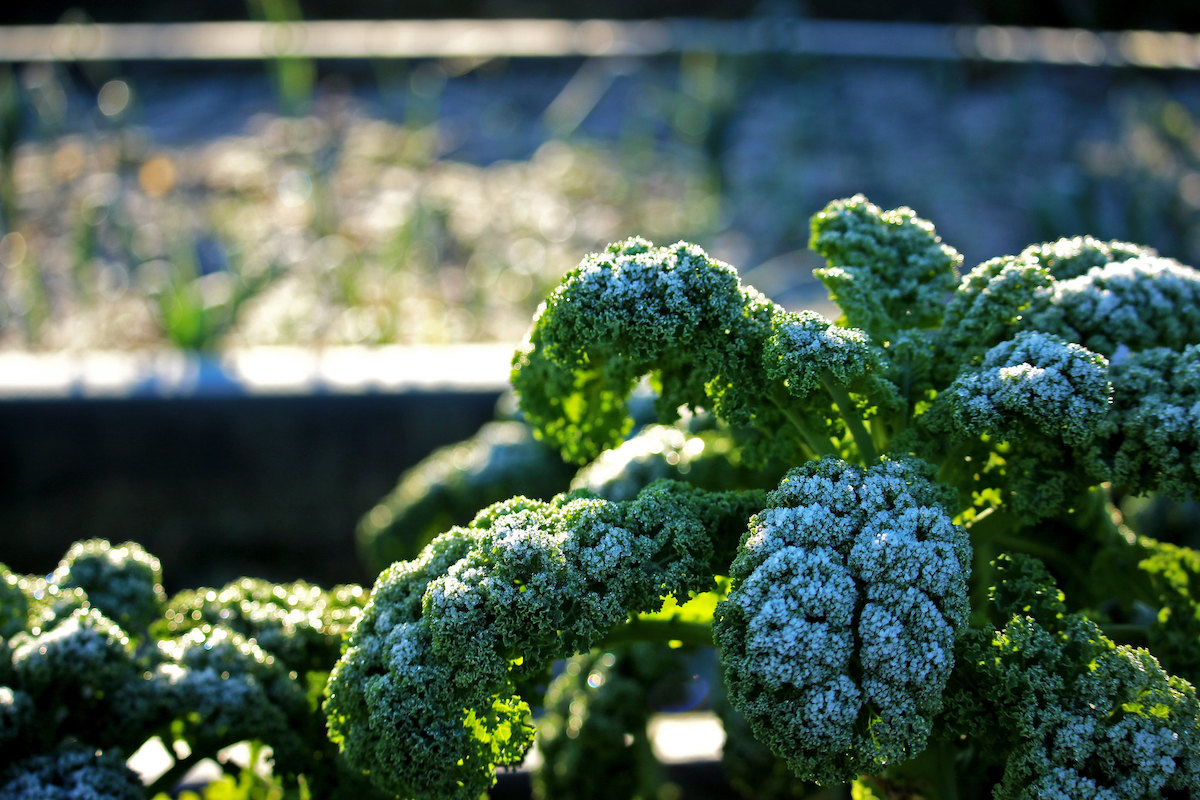
You needn’t let the wet winter swamp your Portland garden party. From testing your soil type to protecting your garden from erosion, there’s plenty you can do now to winterize your Portland garden.
So, slide on your boots, slip on your garden gloves, and use our handy garden winterization checklist.
15 Ways to Winterize Your Portland Garden
1. Test your garden soil

As a Portland gardener, you’ve got more to prepare for this winter than cold temperatures. You also have to prep for the rainy season.
To get your garden beds ready for those wet, drizzling days, you’ll need to put your soil to the test.
Why a soil test is important: Too much rain can lead to soil compaction, erosion, and drainage issues. A soil test will help you identify your soil type and how to best combat excess rain.
For instance, a soil test may reveal the best amount and type of mulch to apply for protection against soil compaction and erosion.
Keep in mind that many Portland gardeners have clay soil. Clay soil can become very sticky when wet and will hold on to moisture.
Yet holding on to too much water can lead to drainage problems in clay soil and eventually cause plants to drown. A soil test can help clay gardeners tackle these drainage issues and make soil amendments.
What are the other benefits of a soil test? Your garden’s soil type will determine factors like aeration, drainage, pH, how much water and nutrients the soil can store, and erosion potential.
A soil test will help you optimize:
- Plant growth
- Diagnose culture problems
- Improve fertilizing
- Identify nutrient deficiencies.
How can I test my soil? You can purchase a kit to test your soil at home. Home test kits are also available check your garden’s drainage.
Another option: Take a soil sample to a local nursery or university cooperative extension for a more detailed review of your soil.
The bottom line: Get your soil tested. It’s an essential step to winterizing your garden that helps you take proactive measures against the rainy season.
2. Get others to help you
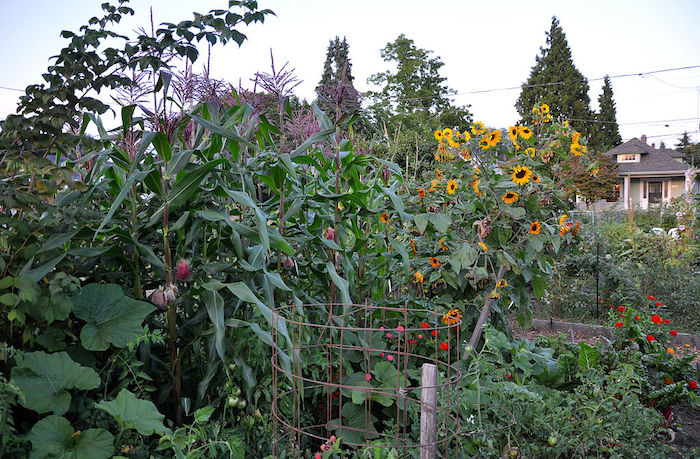
You needn’t winterize your Portland garden alone. Invite the family outdoors and throw them some garden gloves. Winterizing the garden can take a lot of work, but at least it’s an activity everyone will benefit from the next growing season.
Brownie points: Getting your little ones involved can help sow an interest in nature and gardening from an early age.
Growing your flowers and vegetables in a community garden? Turn garden winterization into a community affair. Having all hands on deck will ensure no task gets overlooked.
3. Decide when to harvest
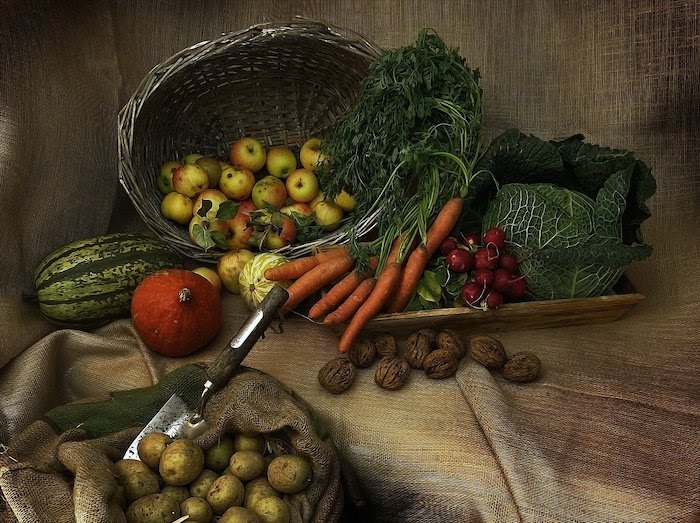
Depending on where you live in Portland, your Portland garden falls into USDA Hardiness Zone 8b or 9a. The zones’ moderately long growing season allows your vegetables plenty of time to ripen.
But before the cold weather arrives, decide when to harvest your growing vegetables.
If you plan to delay your harvest to extend the growing season, beware. You are gambling that the first frost won’t arrive before you reap what you sowed.
The reason a delayed harvest may be a bad bet: A frost can destroy many vegetables that you could have harvested, like your juicy tomatoes.
But frost isn’t always bad: Greens like kale, Swiss chard, and collards can become a bit sweeter after a light frost.
Pro Tip: The crops growing below the soil’s surface aren’t affected by frost, but they are affected by freezing. Crops like carrots, beets, parsnips, and rutabagas can survive a frost and remain in good condition.
Just remember that you’ll need to harvest these root vegetables before the ground freezes.
4. Clean up plant debris and remove annuals
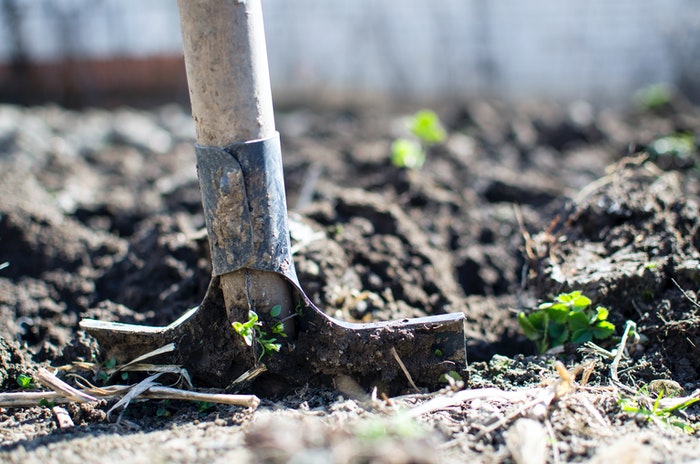
Despite the effort you put into growing them, annual flowers and vegetables won’t be returning on their own next spring. Annual vegetables, such as tomatoes and radishes, will need to be replanted, and your marigolds won’t spring back up either.
Don’t let your annuals decompose in the soil. Remove them as soon as they’re spent. Plant debris makes for a perfect winter home for garden pests and plant diseases.
5. Pull the weeds
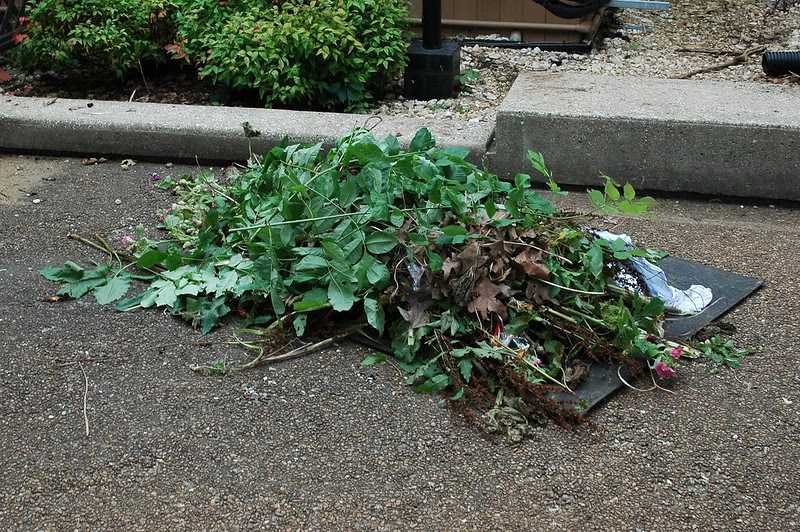
Pulling weeds is no gardener’s favorite job, but it’s a winterization task you must check off your list. The goal: Remove all the weeds as best you can.
Why is this important? Remove the weeds and you help keep away would-be bacteria and pests looking for a place to overwinter.
6. Divide the overcrowded perennials
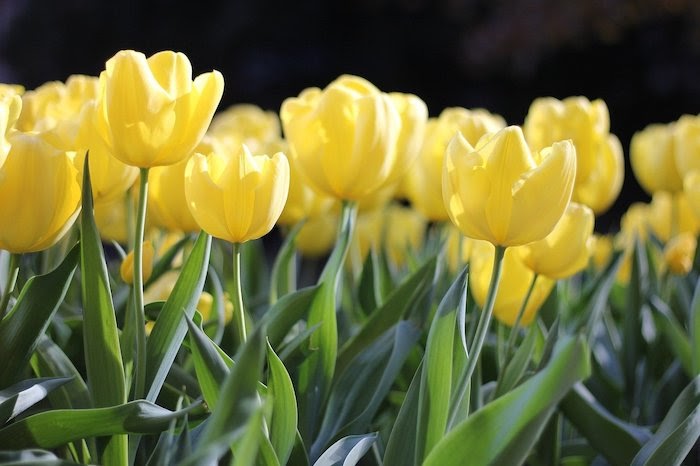
Are your perennials growing too close together? Bunched growth isn’t something to ignore. Overcrowding can cause your flowers to compete for air, space, and nutrients.
How to keep your perennials from growing on top of one another:
- Gently dig up the parent bulb and remove loose dirt around the roots.
- Divide the plants by teasing apart the roots by hand.
- If the roots are difficult to separate, cut them with a sharp knife or split them apart with two forks.
- Ensure your divisions have an ample amount of roots before replanting them in your flower bed.
Next growing season, your flower beds ought to appear fuller and more spread out.
7. Cull the compost pile
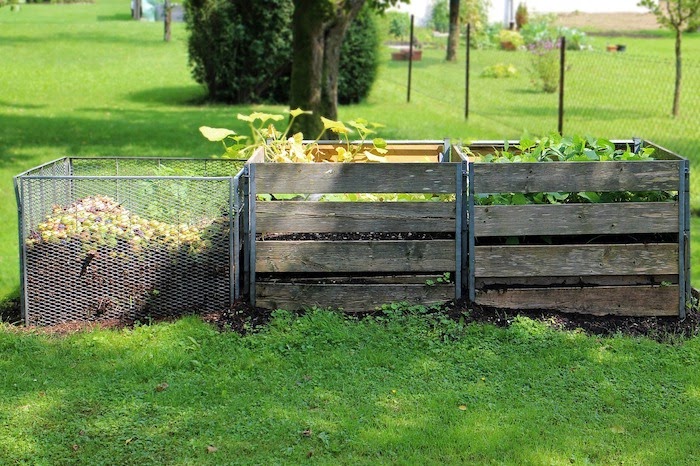
Yep. Your winterizing checklist includes the compost bin, too. Be prepared to get your hands dirty!
What to do: Your compost pile has had a whole summer to bake under the sun. Your food scraps and grass clippings ought to have decomposed into nutrient-rich organic matter by now.
Spread some compost over your flower beds and vegetable gardens. The organic material will give your new growth a nutritional boost into the next growing season.
Now let’s get your composting ready for next year. Rake up the fallen leaves and throw in the holiday scraps.
8. Bring your tender plants indoors
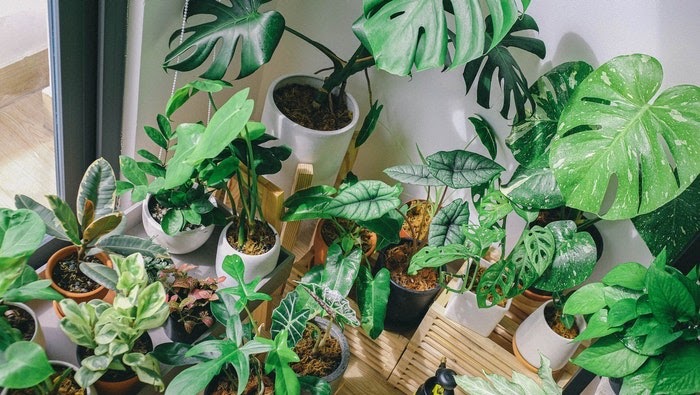
Winter hardiness levels will likely vary among your greenery. Some plants can withstand a sudden drop in temperatures, but less hardy plants may die in the cold.
The most vulnerable plants usually include tropicals, potted flowers, succulents, and tender bulbs.
Here’s what to do: Bring your tender plants indoors as houseplants. They’ll stay well protected inside and add a fresh burst of color.
Give your tender bulbs special attention. To protect vulnerable bulbs from frost and freezing temperatures:
- Remove them from the soil and dry them. Keep in mind that storing moist bulbs may lead to rot.
- Dry the bulbs on trays in the garage or tool shed, but make sure to do this before temperatures start getting too cold at night.
- Store the dry bulbs in mesh bags.
- Add several sheets of paper between the bulbs to help absorb excess moisture.
9. Switch to a greenhouse or cold frame
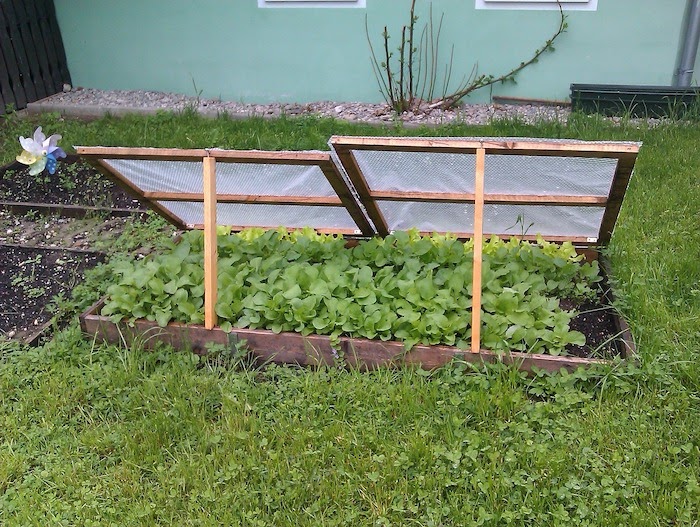
As you pluck the single tomato and dig up the last carrot, your gardening season doesn’t need to come to an end. Transition to a small greenhouse or cold frame to enjoy extend your gardening through winter.
With a greenhouse, you regulate your garden’s climate, even when it’s freezing outside. Get your greenhouse’s growing conditions just right, and you could be gardening all year round.
Greenhouses range in size from small sheds to large buildings. If you want to go extra small, opt for a mini-greenhouse or cold frame.
10. Insulate your plants with mulch

Mulch will help your Portland garden stand up to the rainy days ahead. Spread mulch over your flower beds and garden to help prevent soil erosion and compaction.
A 2- to 3-inch thick layer of mulch also helps protect your plants through the changing seasons. While some people may think mulching keeps your plants warm, it actually helps to keep plants cold.
How this works: The mulch separates the soil from the winter air by creating an insulation barrier. The insulation helps to keep the cold soil temperatures consistent through the winter months.
Why this is important: Without insulation, some perennial plants may begin to grow prematurely during a warm spell. As the seasons start to change, plants become vulnerable to an unhealthy freezing and thawing cycle.
Organic mulch, such as wood chips or shredded leaves, can help control weeds and can add organic material to an autumn garden’s depleted soil.
11. Cover vulnerable plants
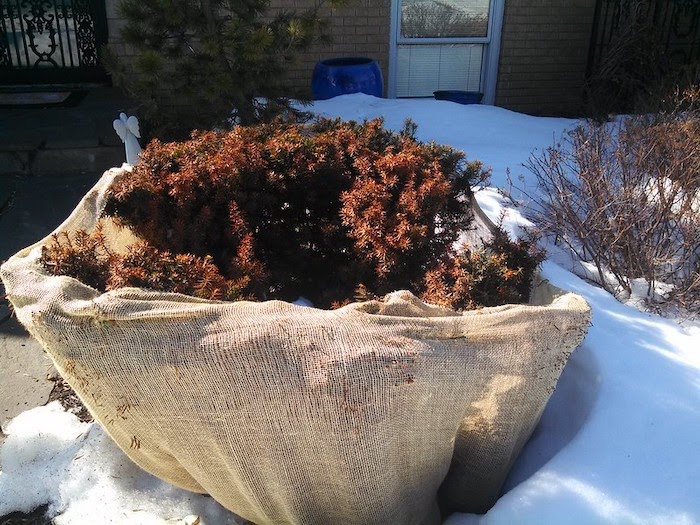
Your new woody plants may look tough, but bitter cold winds can cause winter burn, dryness, and stress.
While freezing temperatures don’t get too extreme here in Zones 8 and 9, it’s smart to check your local weather station. If the forecast includes a temporary freeze, cover these growing plants with burlap, landscape fabric, or blankets to keep them warm.
Your flower beds also can use a barrier from heavy snowfalls and frosts. Cover your flower beds with tablecloths, landscape fabric, or bed sheets for extra protection.
Take note: When the threat of frost has passed, remove these coverings to ensure your plants get enough sunlight and don’t get too warm.
12. Shut off the irrigation system
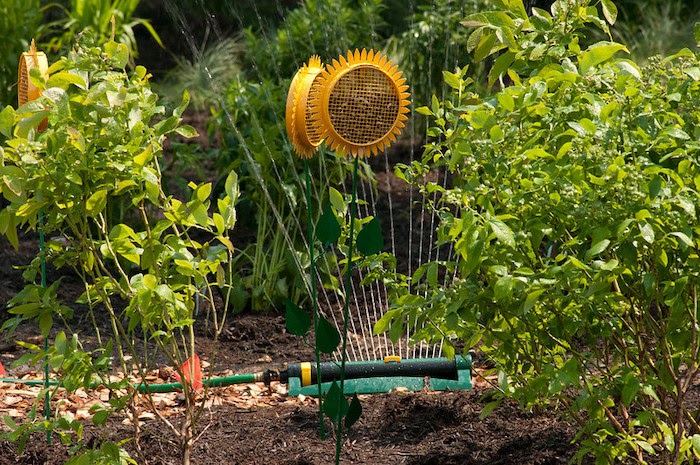
Frozen pipes? No, thank you. Shut off the irrigation system before temperatures drop below freezing.
Why you ought to remember this: Any water left inside your pipes may freeze and expand. This can lead to significant pipe damage and costly repairs (and less money for the holidays).
Have a garden pond or water garden on your winterizing to-do list? First, consider the needs of your aquatic life.
Here’s the dilemma: Removing the pump will protect it from freezing, but the lack of moving water in the pond may encourage ice to form, which isn’t good for the garden’s aquatic life.
Don’t know the best way to protect your garden’s aquatic life and pond pump? Speak with a professional to determine a winter strategy for your water garden or garden pond.
If you choose to keep your pond pump on through winter, you’ll need to perform routine winter maintenance to ensure it doesn’t freeze.
13. Clean the gardening tools
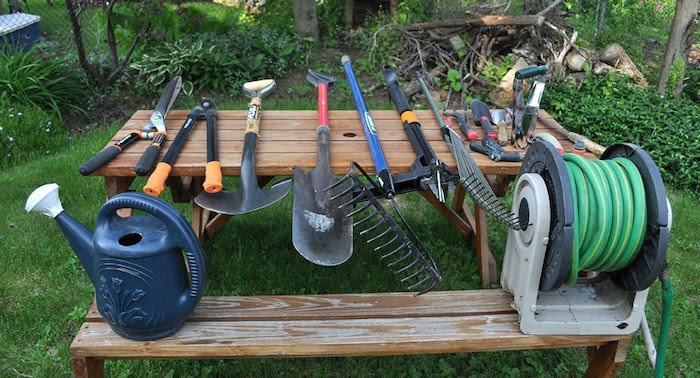
It’s smart to keep your gardening tools clean, but if you haven’t been diligent about this, there’s no time like the present.
No more excuses, it’s time to scrape off the mud before you put away your tools for winter.
Still need more convincing? Dirty tools can spread plant diseases and pests. And dull or damaged tools aren’t going to make your gardening chores any easier.
14. Limit your watering
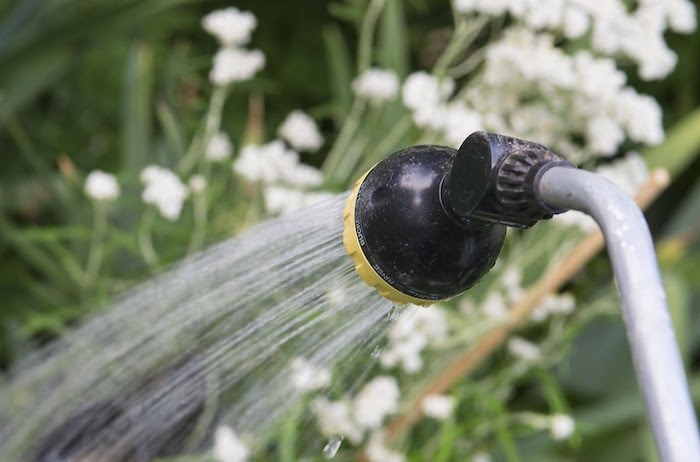
Watering won’t be much of a chore once the rainy season begins. While most gardens need long, periodic drinks in winter, your Portland garden is bound to get enough moisture from the rian.
The key is to not overwater, but if your garden is looking a little dry and the rain hasn’t fallen yet, do give it a replenishing drink.
But remember: Avoid watering gardens when the temperature is close to freezing. It’s best to water the plants when temperatures are warm.
15. Review this year’s successes
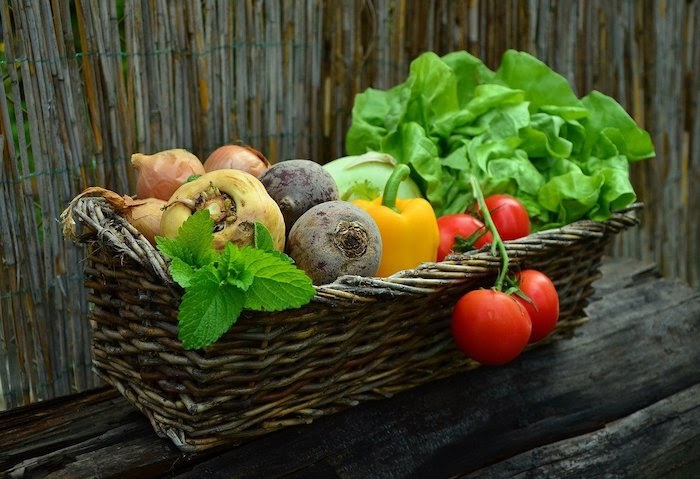
As you prepare to winterize your garden, consider which plants brought you the most fulfillment this growing season.
If a perennial vegetable wasn’t a big success, remove it from the garden to make room for something else next year. Or maybe you’ll decide to ditch the tulips rather than divide them.
Bonus points: The more vegetables and flowers you remove from the garden, the more space you’ll have to grow the plants that brought you the best success.
After reviewing this year’s growing season, you’ll have a good attack plan for garden winterization. And you’ll know which plants you’ll want to grow next year.
When to Call a Professional
Winterizing a garden can prove challenging at times, but help is a click or call away.
Get in touch with a Portland landscape professional who can identify your soil type, spread mulch, and prepare your Portland garden — and your whole yard — for winter.
The end result: However you choose to winterize your garden, you will feel good about your Portland garden through the cold and wet season and better about your garden’s potential and future harvest come springtime.
Main Photo Credit: Frosty kale leaf / Local Food Initiative / CC BY 2.0



![8 Best Gardening Gloves of 2025 [Reviews] gardening gloves on a wooden surface with text overlay on it](https://www.lawnstarter.com/blog/wp-content/uploads/2021/11/Best-Gardening-Gloves-1.jpg)
